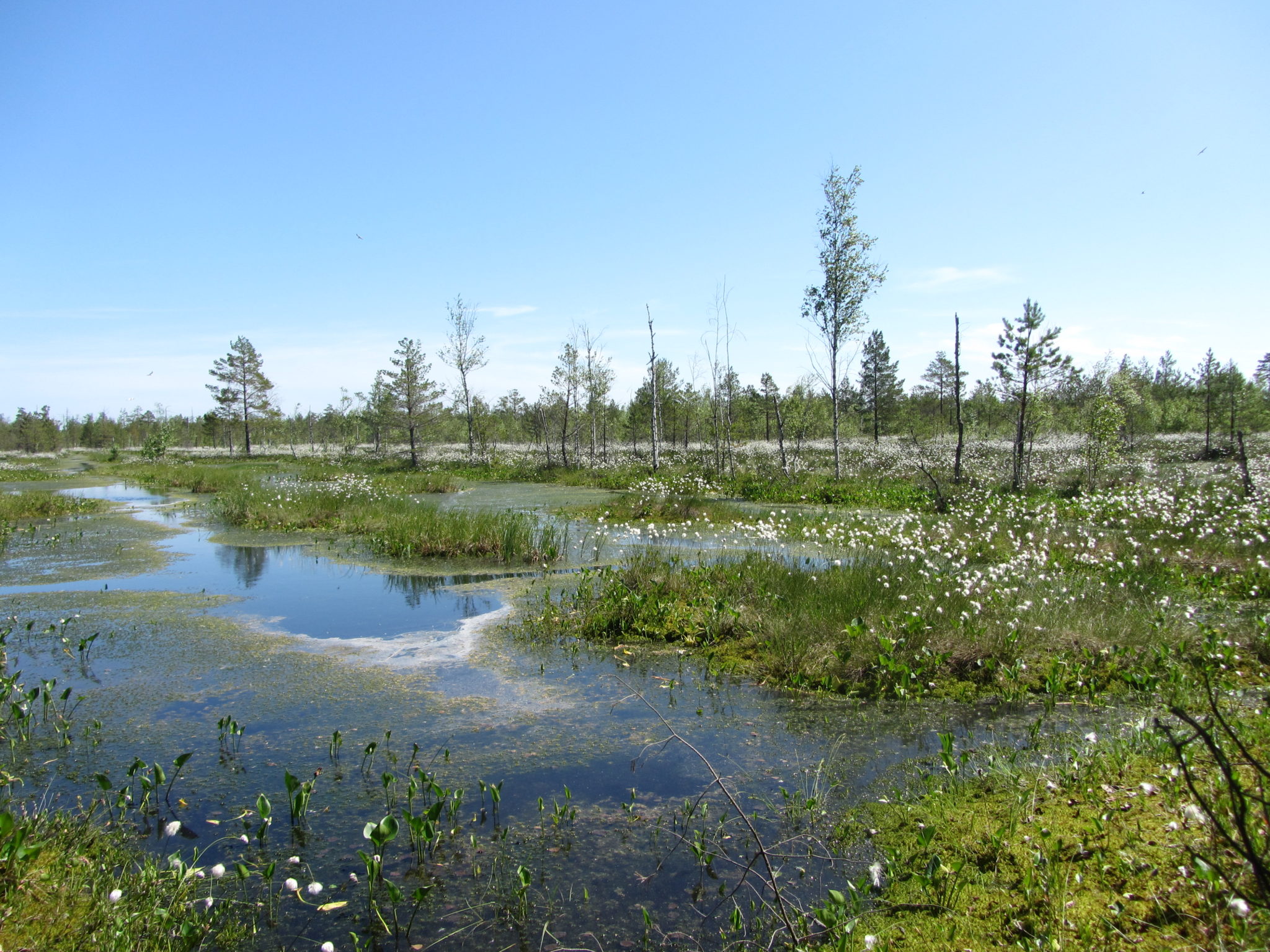
Peatlands – Reduced Climate Risks
-
Climate mitigation and adaptation
-
Peatland conservation and restoration
By 2030, we aim to safeguard 10 million hectares of high value river and lake wetlands, focusing in 5 basins.
To address the dominant impacts of agriculture and forestry on peatlands, which drive degradation and GHG emissions principally through perpetuating drainage, we aim to influence the industry standards and practices. As well as ensuring avoidance of deep peat areas for new plantations, we aim to reduce the peat drainage in existing plantations and improve restoration management after land comes out of production. By incentivising the development and upscaling of commercially viable wet peat agricultural production using native species, it will be possible to speed up the withdrawal of drainage-based production systems.

We are working to:
- Lobby and provide technical advice via industry groups and platforms of extractive industries to introduce principles and incentives that enable the phasing out of drainage-based agriculture on peatlands
- Engage with infrastructure construction industry (windfarm, hydropower, mining and oil and gas) to reduce drainage and GHG impact
- Promote accountable adherence to peatland protection policies through International Finance Institutions and governments
- Pursue incentives to encourage wet peatland agriculture, including encouraging commodity markets to require accountable adherence to voluntary peat-wise standards
- Engage with stakeholders in peat-rich regions to establish plans and apply finance mechanisms that help to recover climate-proofed peat landscapes
This should result in more powerful policies and streamlined delivery mechanisms to scale up the adoption of climate smart activities in peat rich landscapes, while achieving our targets on eliminating drainage and scaling up restoration.
